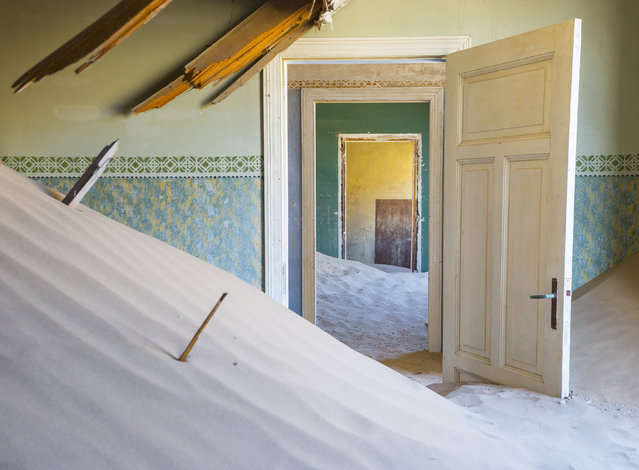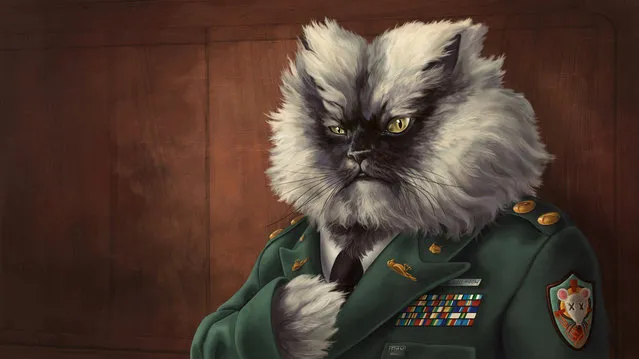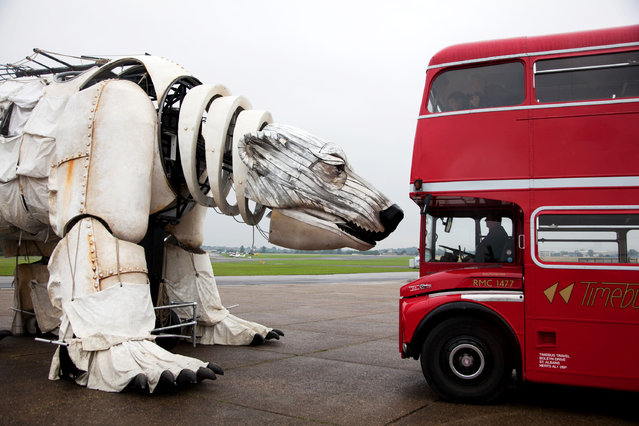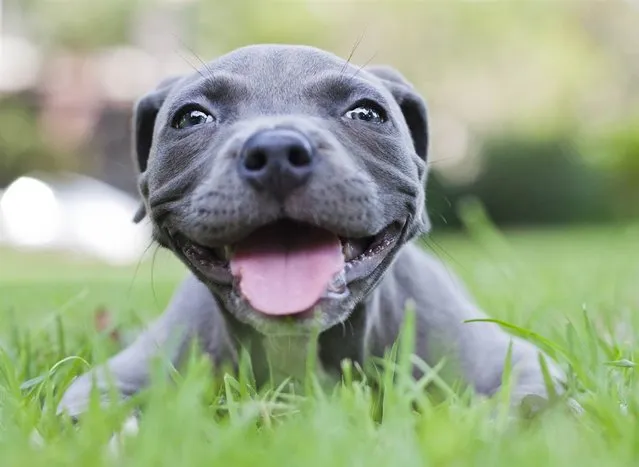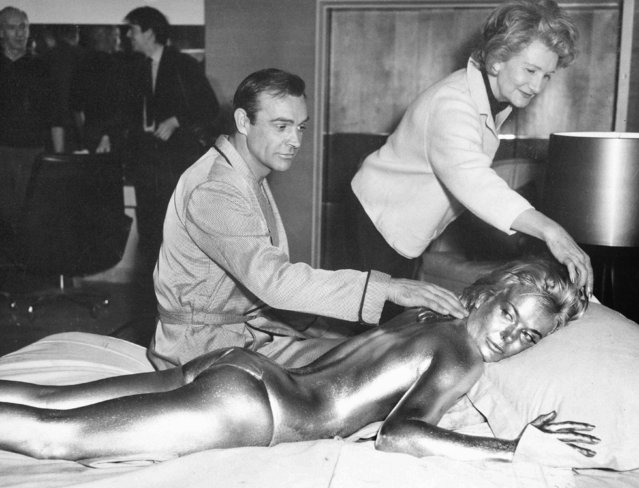
In this file photo dated April 20, 1964, James Bond, alias, Sean Connery, finds himself in a sticky situation with actress Shirley Eaton at Pinewood Studios, near London. Miss Eaton was given a liberal coating of gold paint for a scene in the latest Bond thriller “Goldfinger”, with unidentified woman at top. Scottish actor Sean Connery, considered by many to have been the best James Bond, has died aged 90, according to an announcement from his family. (Photo by Victor Boynton/AP Photo)
02 Nov 2020 00:03:00,post received
0 comments



